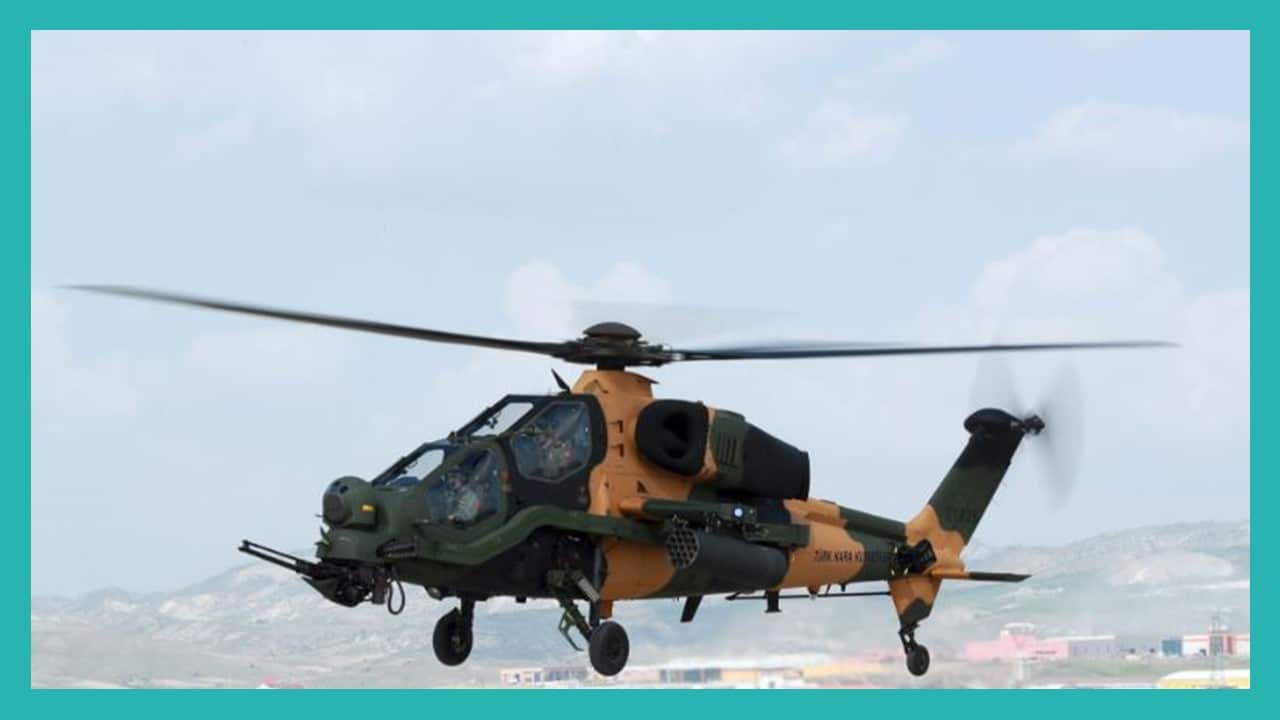11Views 0Comments

Monthly Defense News – September 2023
India Mulls Second Indigenous Aircraft Carrier
India’s Defence Procurement Board (DPB) is evaluating the Indian Navy’s (IN) request to potentially build a second Vikrant-class aircraft carrier. The proposed project could cost approximately $4.8 billion USD – or (₹40,000 crore INR). Cochin Shipyard Limited (CSL), which built India’s first indigenous aircraft carrier, INS Vikrant, would also construct the second potential ship.
Originally, the IN sought to build upon the INS Vikrant – i.e., Indigenous Aircraft Carrier (IAC) – with a larger, more sophisticated ship. Reports indicate that a proposed IAC II could leverage a catapult assisted take-off barrier arrested recovery (CATOBAR) system rather than the short take-off but arrested recovery (STOBAR) configuration of INS Vikrant (IAC-I). However, the former would have been more complex and, in turn, also costlier compared to the IAC-I design, which at this point is a matured and tested configuration.
To continue building its seaborne aviation strength, the IN opted to instead pursue a second Vikrant-class carrier, i.e., drawing more out of the existing research and development (R&D) overhead that was invested in IAC-I. The second Vikrant-class carrier would also be around 45,000 tons in displacement with a STOBAR configuration, though it is expected to carry a number of modifications compared to the INS Vikrant. It is a rational decision to pursue an existing design, especially one whose design issues were resolved instead of an untested and more complex system.
In July 2023, India’s Ministry of Defence’s (MoD) Defence Acquisition Council (DAC) also gave its greenlight to start negotiations for 26 Dassault Rafale fighters for the IN. However, the Rafale acquisition would only be the first component of the IN air combat growth; indigenous programs – notably the TEBDF – will play a major role, alongside indigenous carrier construction, to extend India’s strategic power projection. But with China seemingly moving full steam head with its own carrier ambitions, India’s programs could merit more urgency from New Delhi. The challenge will be in balancing the service arm’s ambitions with costing and other limitations, hence why building another Vikrant-class carrier is a prudent idea.
Turkey’s Roketsan Preps UAV-230 Missile for Production
Roketsan is preparing to begin the production of its new UAV-230 air-to-surface ballistic missile from 2024. The UAV-230 is based on Roketsan’s TRG-230, a 230 mm multi-barrel rocket system (MBRL). The UAV-230 relies on a GNSS-aided navigation system, though Roketsan did not mention whether there is a terminal-stage seeker in place. Reports suggest that a semi-active laser-homing (SALH) system could be added.
With a stated range of over 150 km (conditional on the altitude and speed of the launch platform) and a weight of 225 kg, the UAV-230 can be carried from a wide variety of systems, including drones. However, Roketsan is also marketing the UAV-230 as a surface-to-surface missile (SSM) that can be launched from ships, such as the MILGEM-series of corvettes and frigates, and land-based vehicles.
Though not a new concept, the UAV-230 can be an interesting solution for countries looking to add another dimension to their stand-off range strike capabilities. Generally, many militaries already leverage cruising missiles, especially subsonic designs, but a ballistic missile can open a pathway for supersonic engagement.
Interestingly, Pakistan’s JF-17 had marketed a similar capability via the CM-400AKG. However, the UAV-230 arguably carries a more unique quality in that unmanned aerial vehicles (UAV), like the Bayraktar Akıncı, can carry the missile. Pairing a comparatively slow-moving aircraft like the Akıncı with a supersonic ballistic missile is a unique combination, potentially positioning the drone as an asset for high-speed strikes.
It also makes for a scalable solution in that it can be used across airborne, sea, and land platforms, i.e., a common missile that can be used by an army, air force, and navy. Turkey may potentially use the UAV-230 as a basis for future adaptable ballistic missiles, potentially hypersonic designs.
Pakistan’s GIDS Reveals Indigenous Turbojet Engine
Global Industrial and Defence Solutions (GIDS), a conglomerate representing the country’s state-owned defence enterprises, revealed an indigenous miniature turbojet system, the NTJ-V1.
The NTJ-V1 weighs under 67 kg, has a diameter of 430 mm, a length of 1,250 mm, and thrust of up to 360 daN (or around 3.6 kN). It offers a maximum continuous operating time of 45 minutes and a shelf-life of 24 years. But it is markedly larger and heavier than comparably powered engines, like the TRI-40.
Though heavier than engines of comparable (or even greater) thrust, including a number of older engines – like the Williams F107/WR19 – the NTJ-V1 gives Pakistan a valuable basis to build cruise missiles using domestically produced inputs. The NTJ-V1’s cruder specifications reflect Pakistan’s efforts to overcome the steep learning curves involved in mastering this type of technology.
In fact, the NTJ-V1 may have been the key unlocking Pakistan’s pathway to designing and producing export-grade cruise missiles, like the Harbah-NG anti-ship cruising missile (ASCM) and Taimoor air-launched cruise missile (ALCM). In fact, it is unlikely that Pakistan would have started offering these designs without first indigenizing the critical inputs, especially the propulsion stack.
Though a modest start, the NTJ-V1 provides Pakistan a tangible basis to start developing its own propulsion systems. Granted, it might not lead to full-scale engines for manned aircraft, but the NTJ-V1 can help the Pakistani industry master turbojet – and potentially turbofan – engines for cruise missiles and drones.
In fact, a miniature turbofan would be a significant step forward in that it would not only lead to potentially more efficient cruise missiles, but the underlying core can be re-used or turboprop engines for indigenous drones, like the GIDS Shahpar-series. Indeed, a miniature turbofan engine can also be used to power small unmanned combat aerial vehicles, like loyal wingman drones and decoy drones.
The “V1” designation also implies that an improved – possibly lighter and/or higher-thrust variant (V2) – of the engine is also under development. This may have entered service already through Pakistan’s longer-ranged cruise missiles, like Ra’ad-2 and Babur-1B, which offer ranges of 600 km and 700 km, respectively.
China Moves to Swap Engines for its Export Submarines
The commander of the Royal Thai Navy (RTN), Admiral Choengchai Chomchoengpaet, announced that the RTN agreed to use the Chinese CHD620 diesel engine in lieu of the German MTU396 to power its S26T air-independent propulsion (AIP) submarine. Interestingly, the RTN commander also referred to the Pakistan Navy (PN) for an informed assessment on the viability of the CHD620. The PN is also procuring the same base submarine model under its Hangor AIP submarine program. However, like the RTN, Germany blocked the transfer of MTU diesel engines for the PN submarine project, thus pushing the PN to rely on China for an analogous engine, and – according to the RTN – the PN also selected the CHD620.
However, Admiral Choengchai Chomchoengpaet also highlighted a number of the conditions China agreed to when moving ahead with the engine change. These include extending the warranty period for the CHD-620 from 10 years to 20 years. In addition, the RTN commander revealed that the CHD620 leverages many of the same technologies already used in the MTU-line and, as importantly, has seen significant use already through Chinese surface ships.
It should be noted that Berlin’s refusal to release the MTU is likely due to the fact that China is constructing the submarines. The block likely stems from Germany’s regulatory restrictions on China more so than any rule against Pakistan (hence why Thailand is also in the same predicament). For example, the PN was able to procure General Electric (GE) gas engines for MILGEM and, presumably, MTU engines for the upcoming Jinnah-class frigate. Should the PN pursue an original submarine project (e.g., in collaboration with Turkey or Italy), it likely will not face the same restrictions on third-party engine transfers.


